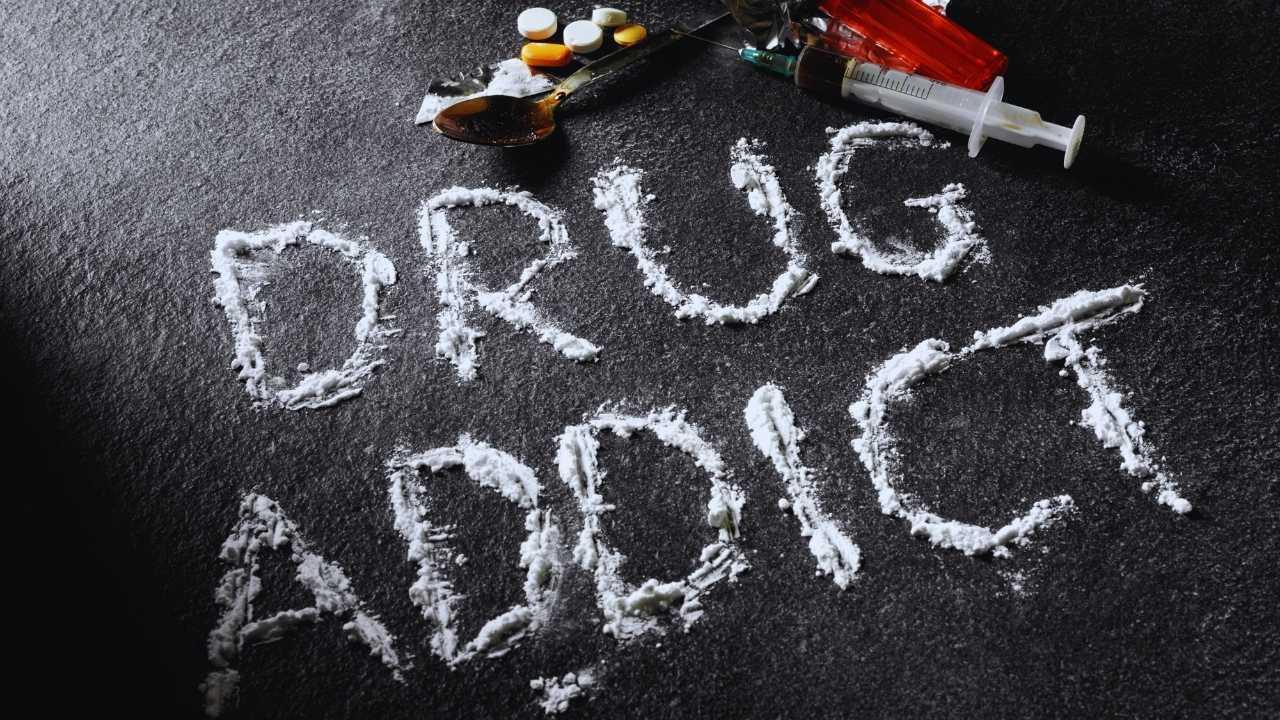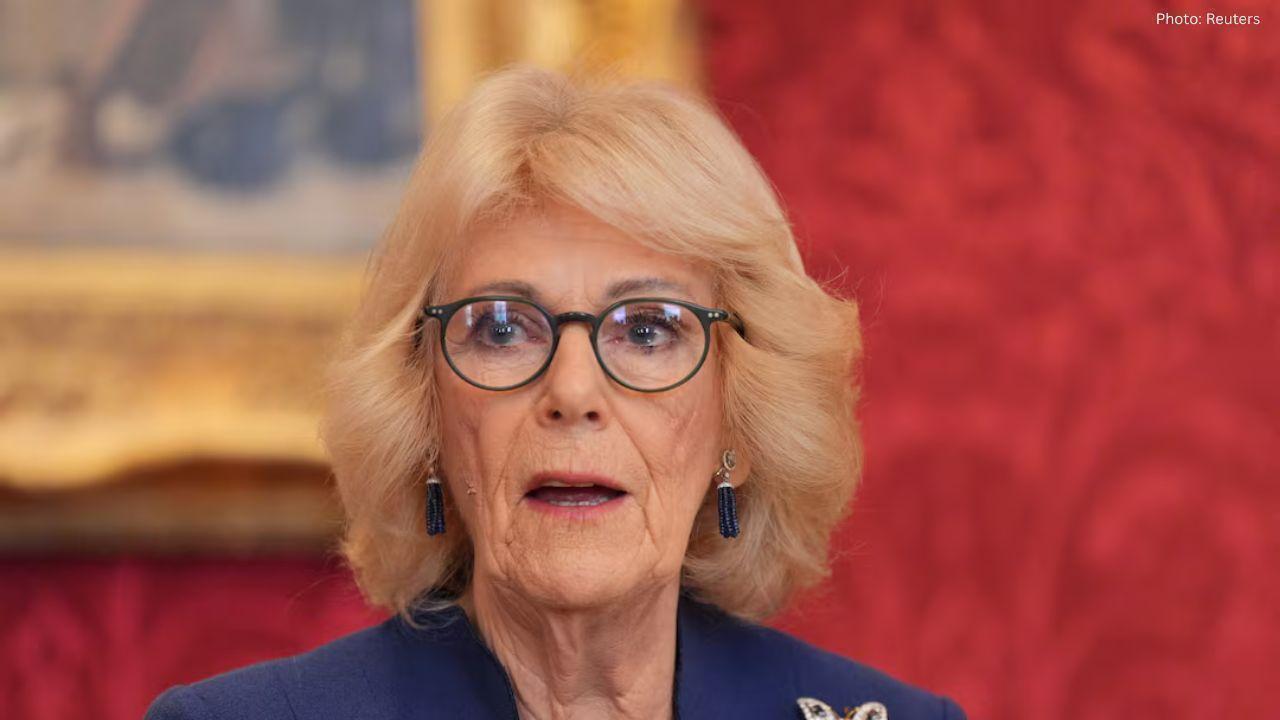You have not yet added any article to your bookmarks!

Join 10k+ people to get notified about new posts, news and tips.
Do not worry we don't spam!

Post by : Anis Farhan
Drug addiction among youth has evolved into a complex global crisis that touches nearly every community in some form. For many between the ages of 15 and 30, the lure of experimentation, peer influence, or the desire to cope with stress can lead to substance use. What may start as casual exposure often spirals into dependency, leaving individuals and families caught in a painful cycle. While awareness campaigns and laws aim to curb the problem, the reality is that addiction has become a shadow that follows many young people through their most formative years. Rehabilitation offers hope, but without proper reintegration into society, the cycle of relapse and stigma can continue, leaving young lives at risk of being lost to addiction.
Addiction does not emerge overnight. It often begins with experimentation fueled by curiosity or peer pressure. For some, the stress of academics, unemployment, or social isolation pushes them toward substances as a coping mechanism. Accessibility of drugs, especially in urban areas, makes the situation more alarming. Social media and pop culture have at times glamorized drug use, misleading many youths into believing it is a symbol of freedom or confidence. Genetics and mental health disorders also play critical roles. Young people struggling with depression, anxiety, or trauma may turn to drugs as a temporary escape, unaware of the long-term damage it can cause.
The consequences of drug addiction for youth are devastating. Physically, it deteriorates health, weakens immunity, and increases the risk of overdose. Mentally, it can amplify anxiety, depression, and suicidal thoughts. Academically, addiction often results in poor performance, absenteeism, or dropping out. Career prospects dim as addiction damages credibility and employability. On the personal front, relationships suffer due to loss of trust and emotional instability. Families carry the burden, emotionally and financially, as they try to help their loved ones escape the trap of drugs. Society also bears the cost, as addiction contributes to rising crime, homelessness, and healthcare expenses.
Rehabilitation is the lifeline for many battling addiction. It is not just about detoxifying the body but also rebuilding the mind and spirit. Effective rehab centers focus on therapy, counseling, and skill-building alongside medical treatment. Group therapy allows individuals to share their struggles and learn from others. Cognitive behavioral therapy helps them understand triggers and develop healthier coping mechanisms. For youth, specialized programs that incorporate education, vocational training, and life skills are vital. The process of rehabilitation is never linear—relapses happen—but with consistent support, recovery is possible.
While rehabilitation addresses the medical and psychological aspects of addiction, reintegration into society is often overlooked. Young people who complete rehab frequently face stigma, judgment, and rejection when they return to their communities. This lack of acceptance makes it difficult to find jobs, continue education, or rebuild friendships. Without social and economic reintegration, many relapse into addiction. Reintegration programs must involve employers, schools, families, and local communities in providing opportunities and acceptance. Governments and NGOs can play a crucial role by creating safe spaces, vocational training centers, and awareness campaigns that challenge stereotypes about recovering addicts.
Rehabilitation and reintegration cannot succeed without strong support systems. Families must be equipped with knowledge to handle relapses, provide emotional support, and encourage positive behavior. Communities must abandon the practice of labeling recovering addicts and instead welcome them with empathy. Support groups, youth clubs, and mentorship programs can give young people a sense of belonging, helping them stay away from negative influences. Celebrating small milestones in recovery, such as finishing education or getting a job, reinforces confidence and builds resilience.
One of the biggest challenges youth face after rehab is the stigma associated with addiction. Many view addiction as a moral failure rather than a medical condition. This perception discourages youths from seeking help and prevents them from feeling fully accepted after recovery. Breaking this stigma requires awareness campaigns, educational initiatives, and media narratives that portray addiction realistically. Schools and workplaces must also foster inclusive environments where recovering individuals are not discriminated against. By normalizing discussions about addiction and recovery, society can make reintegration less daunting.
Governments worldwide have taken steps to address the drug crisis, from stricter drug laws to awareness campaigns. However, policies often focus more on punishment than rehabilitation. A youth-centered approach must prioritize affordable rehabilitation centers, community-based support systems, and reintegration programs. Public-private partnerships can create job opportunities for recovering youth, reducing the chances of relapse. Investing in preventive education in schools and colleges also ensures that young people are informed before they fall into the trap of drugs.
Across the world, countless stories show that recovery is possible when rehabilitation and reintegration go hand in hand. Young people who once felt trapped in addiction have gone on to become motivational speakers, entrepreneurs, social workers, and leaders. These stories highlight the importance of giving youth a second chance. By celebrating their resilience, society can encourage others to seek help without fear.
For young people, the journey of rehabilitation and reintegration is about reclaiming their future. Addiction may rob them of time and opportunities, but with proper support, they can rebuild their lives. Youth themselves must also step up—through peer support, student clubs, and advocacy—to create environments where asking for help is seen as a strength. When young voices lead the conversation on addiction recovery, it inspires hope and removes barriers for others struggling in silence.
Drug addiction among youth is not just an individual problem but a collective challenge that requires compassion, resources, and systemic change. Rehabilitation provides the tools to recover, while reintegration ensures that recovery is sustainable. Youth deserve second chances and supportive environments to thrive. The fight against addiction is not about erasing mistakes but about building new beginnings. By addressing addiction with empathy and focusing on reintegration, societies can unlock the potential of their youth, ensuring healthier, stronger, and more resilient generations ahead.
This article is intended for educational and informational purposes only. It does not replace professional medical advice or treatment. If you or someone you know is struggling with addiction, please seek guidance from a qualified healthcare provider or counselor.










Ranveer Singh’s Dhurandhar Hits ₹1000 Cr Despite Gulf Ban Loss
Dhurandhar crosses ₹1000 crore globally but loses $10M as Gulf nations ban the film. Fans in holiday

China Claims India-Pakistan Peace Role Amid India’s Firm Denial
China claims to have mediated peace between India and Pakistan, but India rejects third-party involv

Mel Gibson and Rosalind Ross Split After Nearly a Decade Together
Mel Gibson and Rosalind Ross confirm split after nearly a year. They will continue co-parenting thei

Rashmika Mandanna, Vijay Deverakonda Set to Marry on Feb 26
Rashmika Mandanna and Vijay Deverakonda are reportedly set to marry on February 26, 2026, in a priva

FIFA Stands by 2026 World Cup Ticket Prices Despite Fan Criticism
FIFA defends the high ticket prices for the 2026 World Cup, introducing a $60 tier to make matches m

Trump Claims He Ended India-Pakistan War, Faces Strong Denial
Donald Trump says he brokered the ceasefire between India and Pakistan and resolved eight wars, but